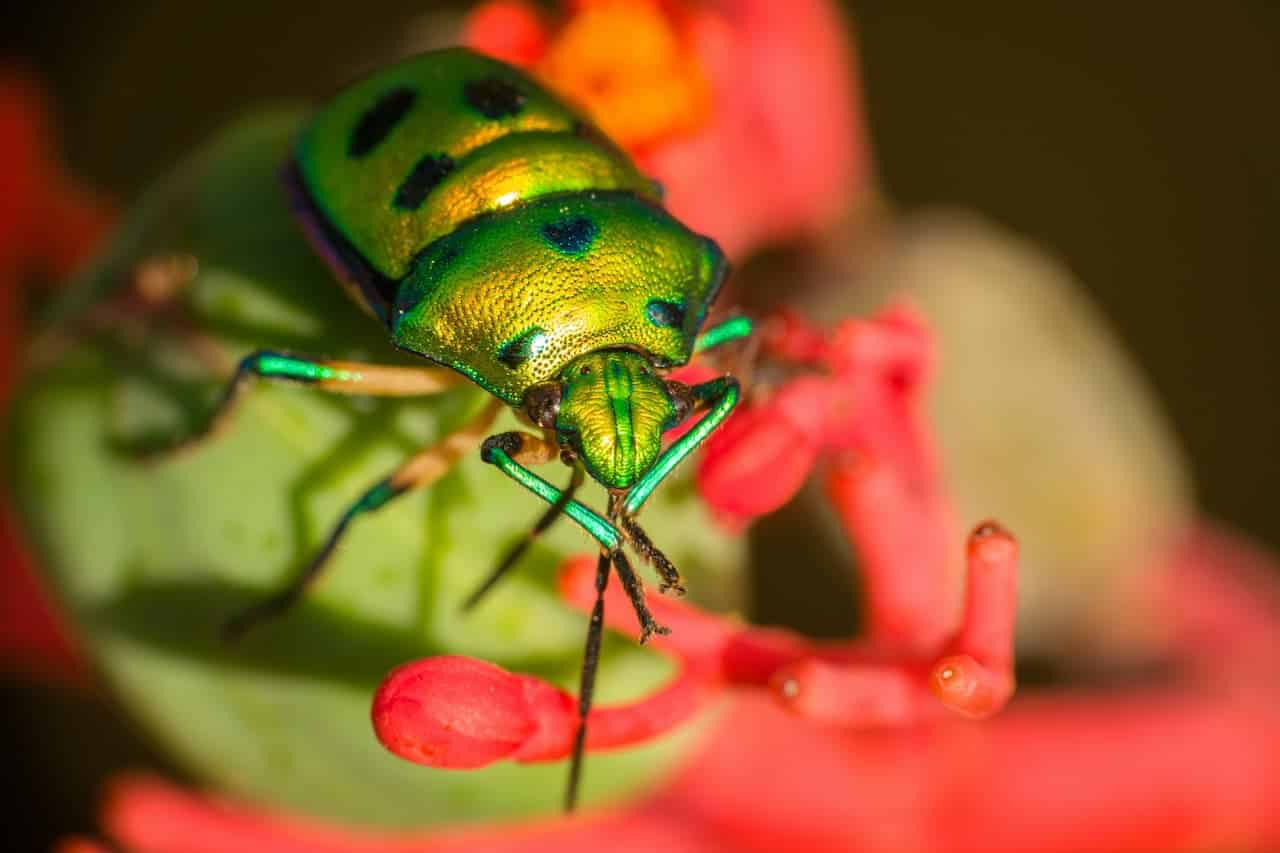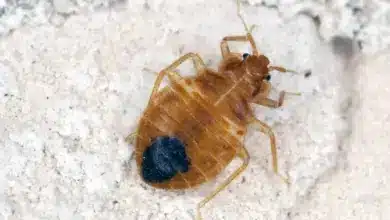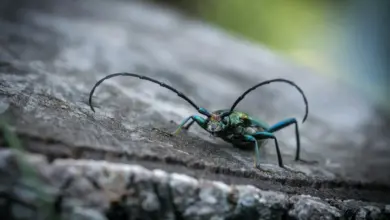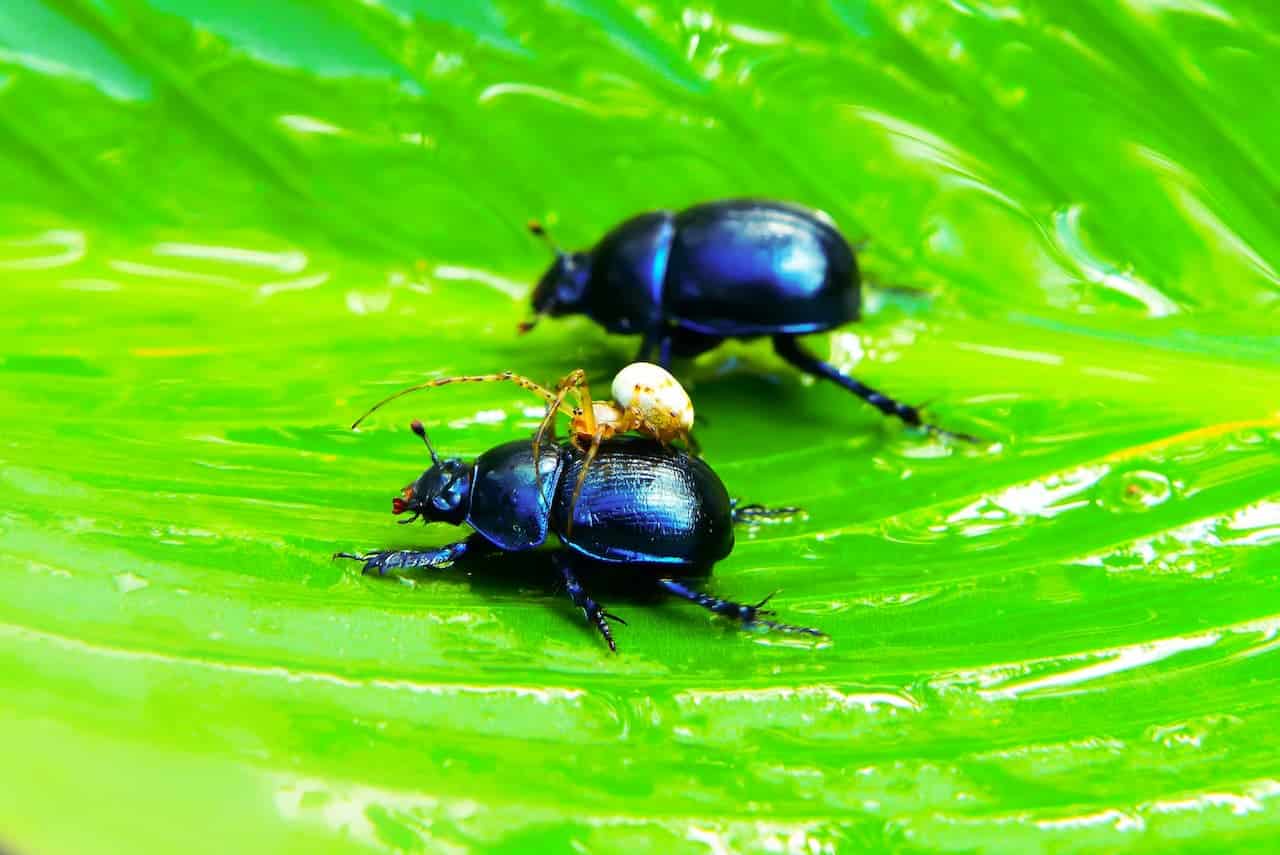The Splendour Beetle That Can Live Up To 30 Years
The splendour beetle, Chalcophora splendidissima, is a member of the family Buprestidae that is notable for its exceptional lifespan among insects. Native to temperate forests, this metallic wood-boring beetle can survive for up to 30 years, far longer than the few months to several years typical of most beetle species.
In this article, we will provide an extensive overview of the natural history, anatomy, habitat, reproduction, behavior, and longevity of the splendour beetle. Factors contributing to its long life, including physiological adaptions, predator avoidance, and hormonal regulation, will be explored.
As one of the longest-living beetles known, C. splendidissima provides unique insights into extended healthspan and anti-aging in insects.
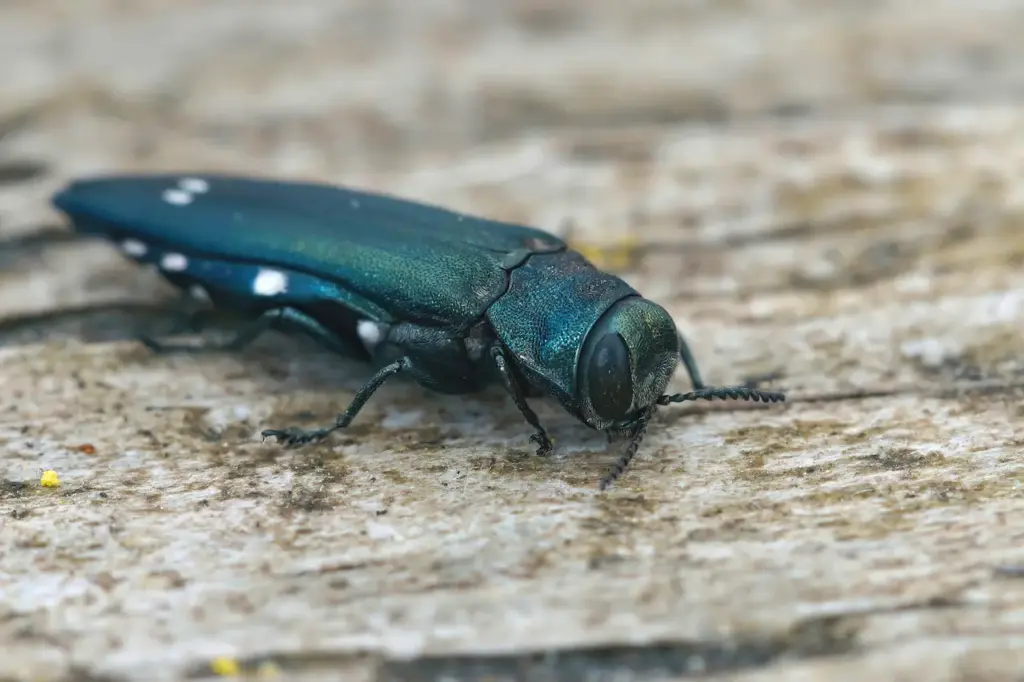
Splendour Beetle Taxonomy and Relationships
The splendour beetle is classified in the large order Coleoptera, the beetles, which includes over 400,000 species worldwide. It belongs to the Buprestidae family of jewel and metallic wood-boring beetles, comprising some 15,000 species. C. splendidissima is placed in the subfamily Buprestinae and the genus Chalcophora.
Around 60 species of Chalcophora occur in the Northern Hemisphere. C. splendidissima is most closely related to the pine buprestid (C. virginiensis) in North America.
Splendour Beetle Geographic Distribution and Habitat
Splendidissima has a wide distribution across the Palearctic region of Europe and Asia. Its range stretches from France in the west to Russia and China in the east and from Scandinavia in the north to the Mediterranean.
The beetle inhabits lowland and montane forests dominated primarily by oak and pine trees. Prime habitat includes aged stands of trees with the availability of weakened, dying, and fallen trees which provide larval food sources.
Adults utilize the bark and sap flows of both living and recently dead trees.
Identification and Diagnostic Features
Splendidissima is identified by its large size up to 43mm, robust oval shape, wide pronotum, vibrant metallic elytra, dark underside, short antennae, and females having a rounded versus pointed abdominal apex.
The combination of its large size, vibrant metallic elytra, short antennae, and robust oval shape distinguish the splendour beetle from other Buprestids. It is unmistakable in its range.
Life Cycle and Development
Splendidissima undergoes a complex life cycle spanning multiple years. Females lay around 60-150 eggs singly in crevices of pine and oak bark during summer, and the eggs hatch after roughly 3 weeks.
Hatched larvae immediately burrow into outer sapwood, excavating winding galleries. The larvae develop through 4-8 instars over a period of 1-3 years, feeding on the wood. Mature larvae reach around 35 mm and create pupal chambers.
Pupation takes 8-20 days inside chambers dug in the wood, during which time adults fully develop inside the pupal case and prepare to emerge. New adults emerge from pupae by boring out of the tree trunk in early summer.
They feed on bark and sap, with males attracting mates by flying and releasing pheromones. Mating and egg-laying occur in summer. Adults can persist for many seasons, living up to 30 years.
Adult Morphology and Anatomy
Adult C. splendidissima exhibits a heavily armored exoskeleton and robust anatomy adapted for wood-boring and defenses.
Adults have a thick, hardened elytra protecting hindwings, robust mandibles for boring, an enlarged pronotum with wing muscles, short antennae avoiding damage, an abrasion-resistant cuticle, and defensive secretions from the prothorax and abdomen.
Internally, accelerated fat body growth and efficient nutrient storage in the fat body and hemolymph allow adults to persist through multiple overwintering periods. Enhanced activity of detoxifying enzymes also provides benefits.
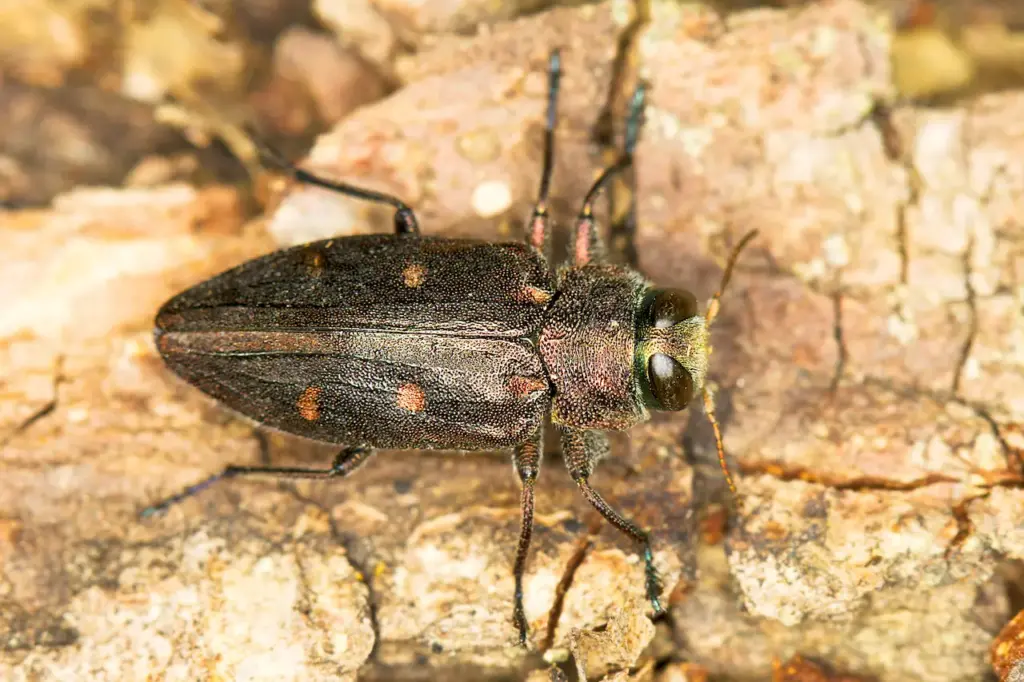
Diet and Feeding
Larval splendour beetles feed exclusively on the woody tissue and sapwood of living or recently dead trees, primarily pine and oak. The carbon-rich wood provides nutrients for growth and development as the larvae chew winding tunnels and galleries while feeding.
Adult beetles engage in maturation, feeding on the bark and sap flows of host trees. Bark tissue provides essential nutrition after emergence. Adults also drink sap secretions and may chew twigs and tender shoots.
This high-energy food promotes egg development and preparations for reproduction. The beetles’ robust mandibles allow them to bore through tough outer bark to access nutritious phloem tissue.
Behavioral Ecology and Activity
Splendidissima has seasonal cycles of activity shaped by climate, mating, and oviposition. They overwinter as larvae or adults in host trees from fall through early spring. Pupation occurs in spring, followed by the emergence of new-generation adults in early summer.
Maturation feeding and mating behaviors peak in summer when trees are actively growing. Females lay eggs in tree bark crevices in mid to late summer. Adults feed until late summer or fall, then seek shelter in bark crevices or underground to overwinter.
Daily activity consists of periods of feeding interspersed with resting and basking in sunlight on tree trunks. Adults are inactive at night. When temperatures drop in fall, adults become less active and eventually overwinter in dormancy.
Defense Against Predators
Splendidissima adults have an extensively armored exoskeleton and several defensive adaptations, including thick, hardened forewings and pronotum that protect from attackers; warning coloration of metallic elytra that signals toxicity; and an ability to tightly grip bark with legs.
Clamp down the legs with mandibles that make removal difficult; reflex bleeding of irritating chemicals from leg joints that can repel small predators; a large size that deters most generalist predators; playing dead when disturbed; and larvae protected inside wood galleries except specialized predators like woodpeckers.
These adaptations make adult beetles difficult prey for birds, mammals, and other predators to capture, kill, and consume. Their warning coloration also educates predators. Overall, C. splendidissima has an effective suite of physical, chemical, and behavioral defenses.
Parasites and Diseases
Splendidissima faces a range of natural enemies and infective agents, including parasitoid wasps (family Bethylidae) that lay eggs on larvae, with the wasps larvae consuming and killing the host; fly maggots (family Tachinidae) that parasitize both larvae and adults.
Nematode worms that invade larvae and adults and feed internally; fungal pathogens of the genera Beauvaria and Cordyceps that can infect adults; some bacteria and viruses pathogenic to Coleoptera that may infect all life stages; specialist woodpecker predators that feed on larvae in wood galleries.
Infected individuals typically die prematurely, so parasites may be an important selective pressure. However, the beetle’s long reproductive period helps buffer the effects of parasites on the overall population.

Mating System and Reproduction
Splendidissima reproduces sexually each summer. However, the mating system has not been well-studied. Males appear to swarm emergent females and compete for access to virgin females, with larger size potentially conferring an advantage.
It is likely a polygamous system where each male attempts to mate with multiple females. Males clasp onto the female with forelegs during copulation, the duration of which is unknown.
Females lay fertilized eggs in suitable trees singly rather than in batches, with multiple females likely laying eggs on a single tree. There is no paternal care, and adults may die shortly after mating and oviposition.
Individuals emerging from pupation mate that same summer. Both sexes appear capable of reproducing repeatedly during their multi-season lifespans, enabled by sperm storage in females.
Factors Contributing to Long Lifespan
Several key factors contribute to C. splendidissima’s exceptional longevity:
Lower extrinsic mortality due to being well-defended against predators with camouflage, warning displays, tough exoskeleton, reflex bleeding, playing dead, etc.
An ability to hide in bark crevices and underground from threats; larvae protected inside wood except for specialized enemies like woodpeckers; and a large size that makes adults difficult for most predators to subdue and kill. They also do not depend on flight to evade predators like other beetles.
Reduced risk from parasites comes from their long reproductive period, providing population stability even if parasites kill individuals, along with enhanced immune function and detoxification systems that defend against microparasites and hygienic grooming behaviors that help limit external parasites like mites.
Efficient nutrient storage and utilization arise from accumulating substantial fat reserves in the larval stage to sustain the long adult stage.
The adult stage is a slow metabolism during dormancy that enables survival of stored fats over winter; effective conservation and mobilization of nutrients from the fat body and blood, and an ability to readily feed on tree tissues high in carbohydrates, lipids, proteins, and other essential biomolecules.
Conclusion
The splendour beetle displays an unusually long lifespan of up to 30 years, astonishing among insects.
It owes this longevity to adaptations, including effective defense from predators, efficient nutrient storage, lower risks from parasites, and slowed reproductive and cellular decline with age.
As one of the longest-lived beetles known, the splendour beetle provides a model for investigating extended healthspan, anti-aging biology, and longevity-enhancing mechanisms in insects.
Ongoing research into the biological basis of its long life may uncover key interconnections between environmental pressures and evolved aging processes.


